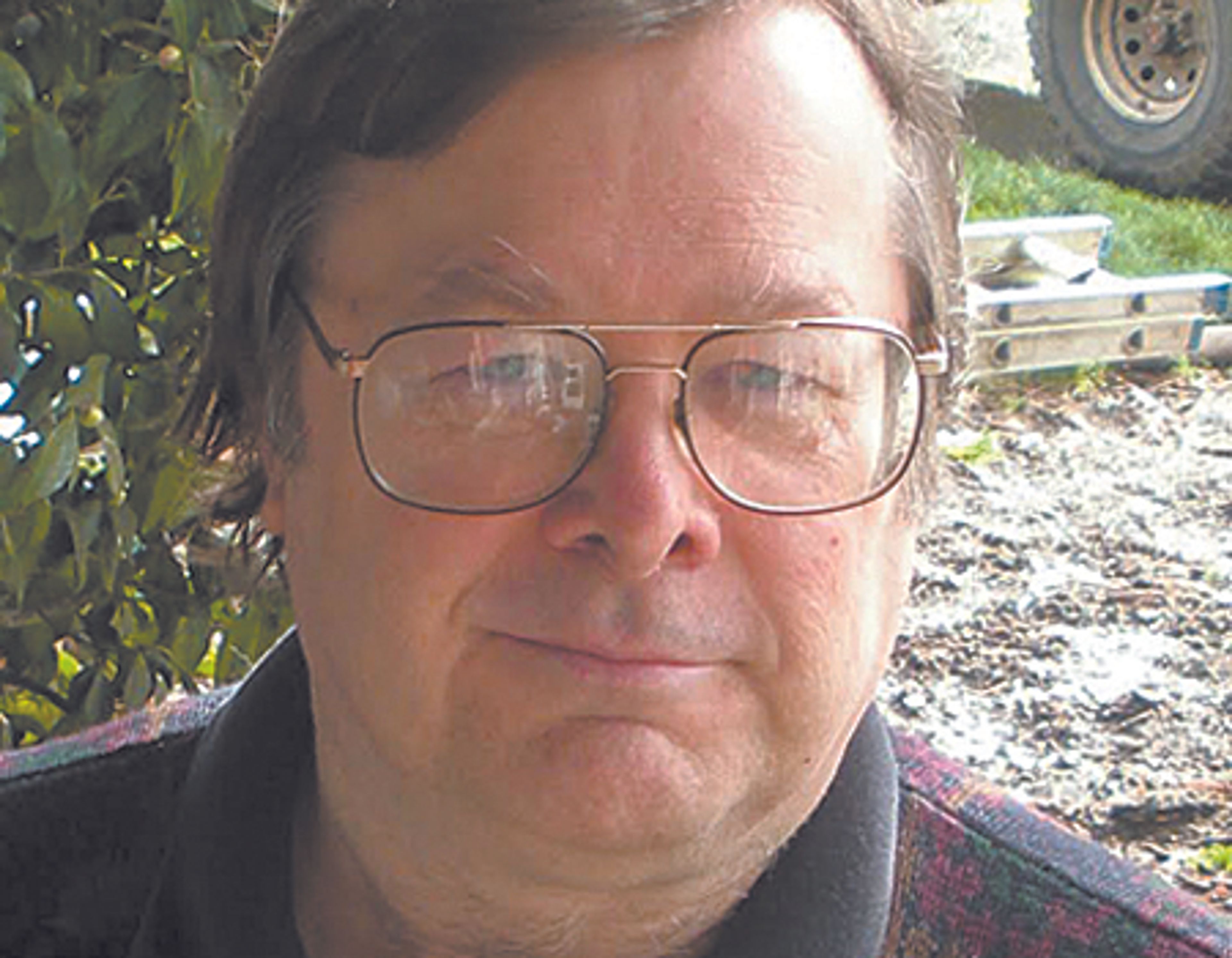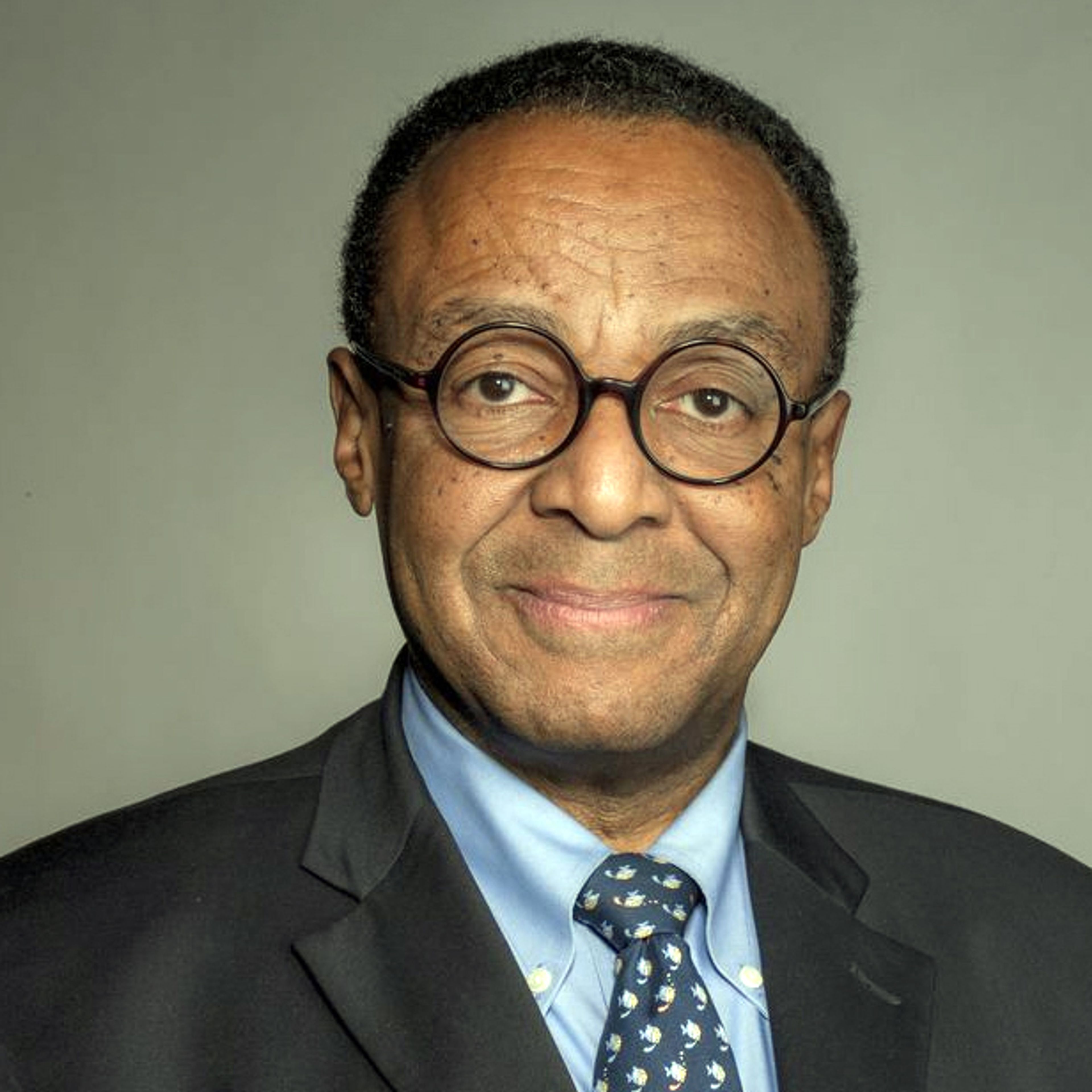OPINION: Heads-up needed on capacity crisis in youth prisons
Guest Editorial: Another Newspaper’s Opinion
This editorial was published in The Seattle Times.
———
Late on the afternoon of July 5 and without warning, the state agency running Washington’s two youth prisons announced it was closing the doors to new inmates — effective immediately.
The notice shocked judges, blindsided prosecutors and reverberated through juvenile detention halls across the state as county legal systems scrambled to adjust. It didn’t have to be this way.
The problem was capacity, more juveniles sentenced to long prison terms for serious violent crimes than the Department of Children, Youth and Families had planned for.
The problem, quite clearly, was also forecasting. DCYF Secretary Ross Hunter says he expected the recent spike in youth crime to “self-correct” and continue its 30-year trend of overall decline. Instead, the inmate population at Green Hill School in Chehalis soared to 240, resulting in an increasingly volatile atmosphere beyond what staff could handle.
On Friday, Hunter put 43 inmates on buses to state prison to alleviate the crowding.
That decision won’t ease the crush in county juvenile detention halls now forced to hold other young inmates, and it is all because of hubris, Hunter’s refusal to reach out earlier and ask for help.
He says he thought his agency would be overseeing a different kind of kid — less hardened.
That’s difficult to believe. Washington’s 2018 law allowing juveniles charged as adults to remain in youth facilities until age 25 was aimed at exactly this population — teenagers convicted of serious violent crimes. Keeping them in youth lockups would be more therapeutic than state prison, providing rehabilitation through intensive therapy and education. Or so the thinking went when the “Juvenile Rehabilitation to 25” law was passed.
Six years later, virtually none of those promises have been met.
Instead, there are near-constant reports of fighting, drug overdoses and threats to staff, who often call in sick, leaving too few on campus to ensure anyone’s safety.
The result: locking young people in their cells up to 20 hours a day.
That’s hardly a therapeutic environment; more like de facto solitary confinement.
“If I treated my kid the way DCYF is treating my kid, I’d have CPS at my door opening a case against me,” the mother of a 17-year-old housed at Green Hill said last week.
For the foreseeable future, all youth sentenced as adults will now serve their time at county juvenile detention halls, which are not designed for long-term confinement.
The folks running those facilities surely would have appreciated a heads-up. But, stunningly, DCYF informed no one in the legal or correctional systems about what was coming. Not even the staff at Green Hill and Echo Glen School in Snoqualmie had any word before Hunter dropped the bomb.
That is outright mismanagement.
“This is a crisis, and it’s a terrible way to make policy,” says Presiding King County Judge Ketu Shah.
DCYF could have sent up a flare asking for help when the population at Green Hill was at 140 or 150 or even 200. Instead, Shah said, “We get this letter, out of the blue.”
Hunter, who concedes he could have handled the situation better, isn’t contrite. He is plowing ahead with what would be a controversial plan to move some Green Hill inmates to small, community-based facilities — if anyone knew about it.
But continuing the opacity that led to this mess, Hunter declined to disclose details about the first of these group homes. He has revealed only that it will be a locked, medium-security residence for 16 young men, somewhere in western Washington.
Gov. Jay Inslee appears to be the only state official who had any idea what was in the works.
“DCYF has been consulting regularly with our office,” said the governor’s spokesperson. The problems facing Hunter, she added, were “unprecedented and unpredictable.”
Incorrect. Many people were sounding the alarm months ago, including this editorial board, which laid out the problems with “JR to 25” in June 2023, and again last January.
Finally, in May, the King County Department of Public Defense filed paperwork with the state court of appeals detailing conditions at Green Hill so inhumane they may violate young people’s constitutional rights.
A 21-year-old, arrested for robbery at 17, now spends “between 90 and 95% of his life” there in a “small windowless brick cell,” lying on sheets so filthy that he sleeps in a sweatshirt to avoid rashes.
Looking ahead, the crisis at Green Hill will lead some legislators to ask whether Washington’s JR to 25 law makes sense. It might, with adequate staff and programs.
Right now, it’s set up to fail. And hundreds of young people hang in the balance.
TNS








